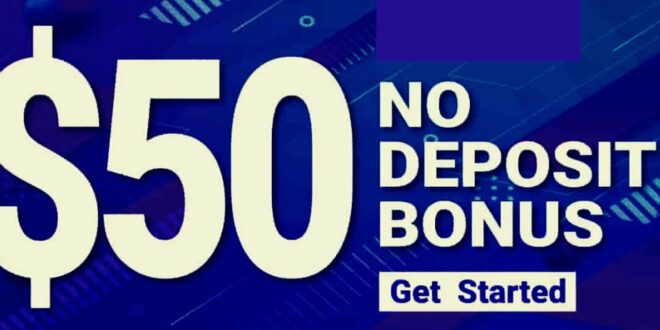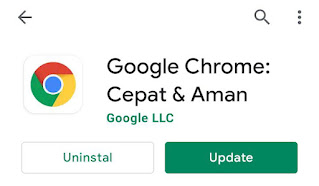It is crucial to learn how to use the features of a forex platform before you start trading on it. Fortunately, traders can test out each platform using a demo account, which means no real money is at risk. Here, we’ll discuss the importance of demo trading and let you know what you should look for when trying different platforms.
Many brokers offer several platforms. MetaTrader 4 and 5, also called MT4 and MT5, are both popular. Furthermore, most brokers provide additional platforms. However, these additional options may be proprietary to the broker. That means that the platform may not be available from other brokers.
While each platform may function and look slightly different, most provide roughly the same features. These features include forex quotes/prices, charts, technical analysis tools, news feeds, trade history, drawing tools, and functionality for buying and selling currencies.
Some platforms have more features than others. For example, some of them have integrated fundamental analysis tools. That may be important for a long-term investor, but it doesn’t matter for a short-term trader.
The image below is a snapshot of the MT4 platform.
Along the top of the platform, shortcuts go to various tools and settings. Below these shortcuts, there is a charting window to see the price history of a currency pair or other asset. The terminal is beneath the charting window. There are multiple tabs in the terminal, providing access to news, account history, and current trades. Not every platform is set up this way, but most offer the same features arranged differently.
Placing Orders
It’s a good idea to place at least 50 demo trades on a platform before trading money to master the specifics of order entry. A trader should never trade live unless they can confidently answer all of the following questions: https://92918a68099df77a0d1d8a5330f76c17.safeframe.googlesyndication.com/safeframe/1-0-38/html/container.html
- How do I place a limit order?
- How do I set a stop order?
- Can I set a limit and a stop at the time of entry?
- Are the spreads on the platform fixed or variable? And what is the typical spread?
- What is the lot size that I can trade (100 units, 1,000 units, 10,000 units, 100,000 units)?
- Can I mix and match the lot sizes?
- Do I have another way to trade if my primary Internet connection goes down?
Some platforms use pop-up order windows, while others allow you to trade by clicking prices directly on a chart. Typically, you can click on the offer part of the quote (the ask) to buy a currency pair. When you want to sell, you usually click on the bid part. Some platforms allow you to choose a market order or limit order after the quote window pops up. However, others force you to make your selection beforehand.
Here is a sample order screen in MT4. Suppose that you want to bring up a detailed order screen like this one. On most trading platforms, you can right-click on a chart or quote and select a new order or new trade.
On the left is a very short-term chart of the currency pair for the trade. This currency pair is also listed at the top of the trade box. Next, input the volume you want to trade. Enter a stop-loss and take profit level for the trade. The trade type can be a market order or a pending order. If you want to buy/sell at the current price, choose the market as the type. If you want to buy or sell at a different price, choose pending.
With a pending order, there are more options, as you need to input the price you want to buy or sell at. You may also choose to put an expiry on the order. Once everything is filled out, place the order.
Learning how to set up a stop-loss order on a platform is vital for most forex traders. That is the surest way for heavily leveraged traders to prevent large losses when exchange rates suddenly move in the wrong direction.
Taxes
One function that most new forex traders overlook is tax reporting. Because forex is a global market, dealers as a general rule do not provide any documentation to the tax authorities in the trader’s country of residence. Tax reporting is solely the responsibility of the trader. Brokers produce detailed transaction histories from which the trader must then compile their tax reports. Such an arrangement calls for a trading platform with highly organized and flexible reporting functions.
However, reporting quality varies greatly from dealer to dealer. All dealers will provide you with a full transaction report. How those transactions are laid out could mean the difference between spending hours or minutes creating a final report for your accountant. Some forex traders generate thousands of trades in a year. A platform that records all those trades in an easy-to-understand income statement is invaluable.
Tax treatment of currency trading is very much dependent on the individual’s tax status. Most dealers will not advise you regarding tax matters, nor should you take their advice if they do. Most of them lack the particular expertise to deal with the multitude of tax authorities around the world. You should always consult with a tax professional before choosing a course of action.
As a general rule, more intuitive platforms with more organized reporting of your trade history are better for taxes. After having done some demo trading, look through the trade history and account statements. Look at how easy it would be to see your profits and losses for the year. Examining the record of your profits and losses can also help to improve your trading skills.
Trade Like It Is Real
Once you have mastered the basic functionality of a trading platform, use the demo platform to experiment with various strategies. Are you a short-term momentum trader who likes high leverage and tries to capture 10 to 20 pip moves? Or do you prefer using less leverage and holding longer-term positions that could potentially yield hundreds of pips? Demo trading can help you discover what type of trading suits you best.
Demo trading is not the real thing, but it does help prepare you for actual trading. Many people are perfectly calm after sustaining a big loss in a demo account. However, some of them become completely unhinged over even a small loss in a real account. To make demo trading as productive as possible, you need to trade the demo account as if the money were real.
Easing into real trading is often the best way to start. Some forex brokers, such as OANDA, allow you to open an account with as little as one U.S. dollar. When you start trading with even a few hundred dollars, the experience becomes real. Trading small amounts is the natural extension of demo trading.
The Bottom Line
Even after you decide to trade live, demo trading can be very valuable. Many successful traders will test strategies in a practice account before they try them out with real money. Demo trading does not guarantee profits in a live account. However, many traders agree that failure to achieve success in a demo account will almost certainly lead to failure in real life. That is why demo trading is vital to the growth and development of forex traders.
Investopedia does not provide tax, investment, or financial services and advice. The information is presented without consideration of the investment objectives, risk tolerance, or financial circumstances of any specific investor and might not be suitable for all investors. Investing involves risk, including the possible loss of principal.SPONSOREDTips on Succeeding as a CFD TraderThe first step in succeeding as a trader is understanding the market. You need a firm grasp on important concepts to capitalise on market opportunity. City Index provides a rich selection of resources designed to help you become a more profitable trader, from identifying opportunity to using their platform. All trading involves risk and losses can exceed deposits.
Source: investopedia.com

